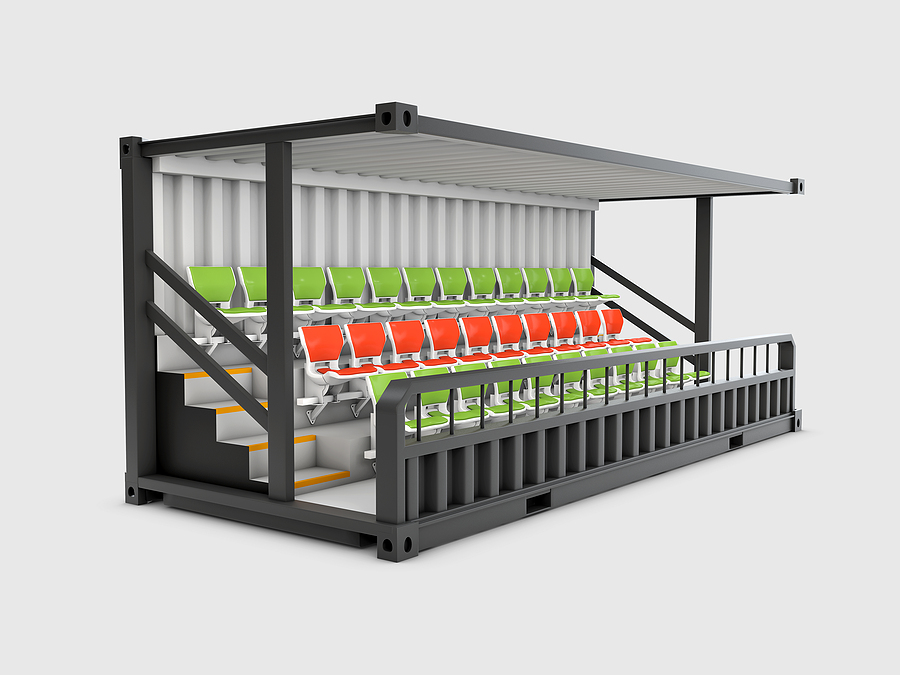Hotels, houses, shops, swimming pools, offices and even cinemas have been built with shipping containers, but perhaps the most ambitious shipping container construction is Stadium 974 in Doha, Qatar, which is the first modular, demountable football stadium ever used for a FIFA World Cup.
The design is partly to celebrate the maritime heritage of the port town of Doha, partly to use sustainable turnkey elements that do not need complex or energy-intensive production, but also to avoid what has become an unfortunate part of the legacy of hosting a major sporting event.
A Sporting Legacy
When a country wins a bid to become the host nation for a major sporting event, from the Olympic Games to the FIFA World Cup, often there is a need to build or adapt existing infrastructure to meet the exacting requirements of FIFA or the IOC.
These usually involve having large stadiums in a range of different cities that have the infrastructure for the massive influx of spectators that attend these events.
The problem is that whilst a custom-built stadium that can hold over 40,000 people is a necessity for the two weeks the Olympics is held or the month the World Cup is held, finding a use for them once the tournament ends can be exceptionally difficult, especially if there are no long-term increases in interest for the sport in the region.
A major example of this is Arena da Amazônia in Manaus in Brazil, a 44,000 seater stadium that was beautiful but used for just four World Cup matches and a few Olympic football and World Cup Qualifying matches, with the local football team in the region being a fourth-division squad with an average attendance of 1000 people.
Arguably the biggest example of this was the Olympic Stadium in Montreal, which due to not being used by any sporting team permanently in the nearly 50 years since it opened for the 1976 Olympic Games has been considered amongst the biggest white elephants in infrastructure.
Leaving No Trace
The aim of Stadium 974, named after both the area code for Doha as well as the number of shipping containers used in its construction, is not to provide a permanent monument to the World Cup but instead create a new legacy in temporary sporting stadiums that will create a different type of legacy.
The containers were part of the construction and contained the additional metal frames, roofing panels and other materials used to complete the stadium, including the pitch material and the seating.
Once the final whistle blows at the end of the 2022 World Cup, the stadium will be disassembled and the land converted into a waterfront development that provides a more practical legacy than the huge custom-built stadiums that cannot be used for anything else.
In total, the stadium took three years to build, far less than other stadiums, and it remains to be seen whether this method of constructing stadiums will be used for other sporting events going forward.

